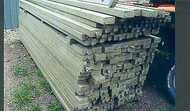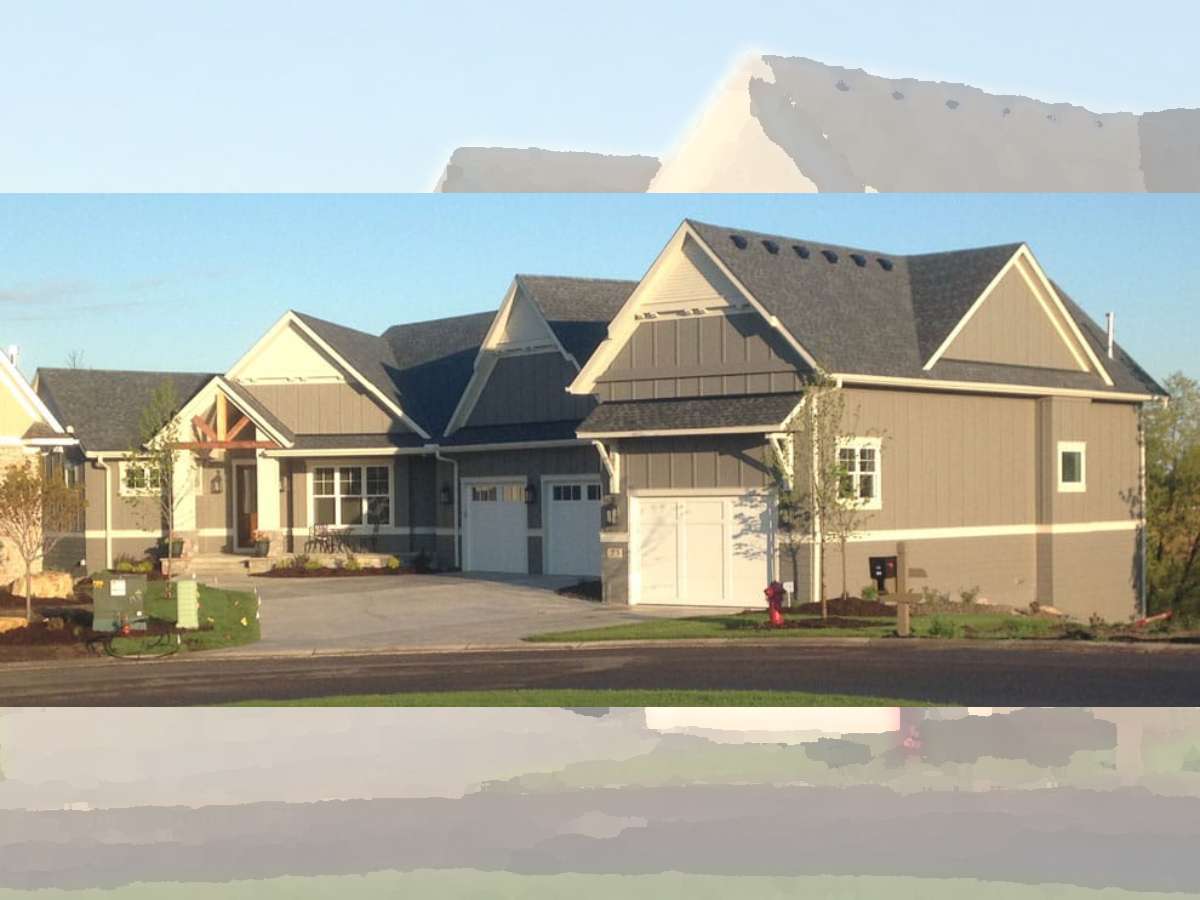 Recycled plastic lumber is made from plastic bottles and other plastic waste. While many people think of plastic as synonymous with disposable, plastic lumber is surprisingly hardy and highly prized for marine applications.
Recycled plastic lumber is made from plastic bottles and other plastic waste. While many people think of plastic as synonymous with disposable, plastic lumber is surprisingly hardy and highly prized for marine applications.
The largest advantage of plastic lumber is that it won’t rot or absorb water and is highly resistant to insect damage. This makes it perfect for marine and other water applications, where the lumber is further prized by its ability to resist shock. It also eliminates the need to treat the lumber, unlike treated wood, which uses toxic chemicals to impart the same qualities that plastic naturally has.
Different manufacturers have differing amounts of recycled material in their product. A reputable manufacturer will have certified products that guarantee the amount of recycled material that is being used. Normally, the manufacturer will issue two numbers for the post consumer content: the typical number and the guaranteed number. You should always look at the guaranteed number when evaluating your options.
 Also, keep in mind that 100 percent post consumer products will always be 100 percent guaranteed as well.
Also, keep in mind that 100 percent post consumer products will always be 100 percent guaranteed as well.
Architectural Potential
While recycled plastic lumber has great potential as a green product, there are a few drawbacks that are creating headaches for architects and engineers. Currently, 100 percent post consumer plastic lumber cannot be used in structural applications due to its lack of rigidity. Products that contain less recycled plastic often have steel or fiberglass to reinforce their strength.
Recycled Plastic Lumber Comes in a Myriad of Colors
Recycled plastic lumber can also have a small amount of waste paper content. This allows the surface of the product to be less slippery and can help create a more natural looking matte finish. Keep in mind that plastic lumber is seldom painted, instead it comes in different colors that can be chosen by the consumer.
Disadvantages That Cannot Be Ignored
Another drawback is the increased rates of thermal expansion and contraction. This can create a fairly large problem when designing with plastic lumber, depending on the application for which the lumber is intended.
For these reasons, I find it difficult to recommend this product in its current iterations for interior residential projects, despite its advantages as a green material. However, its ability to resist water and insect damage makes it a good choice for outdoor decking and decorative items such as railing balustrades.
Landfills are Receiving Their Fill of Recyclable Plastic
Plastic lumber is a material that is still in the beginning stages of development but one that I believe has enormous potential. Currently 25 percent of the trash that is in landfills is plastic that could be used to produce these products. And while I don’t think that plastic will ever replace wood for many applications, there seems to be a real potential for exterior uses, where there are many benefits from a material that does not need to be chemical treated.
Image courtesy Bruce’s RR Construction webpage



